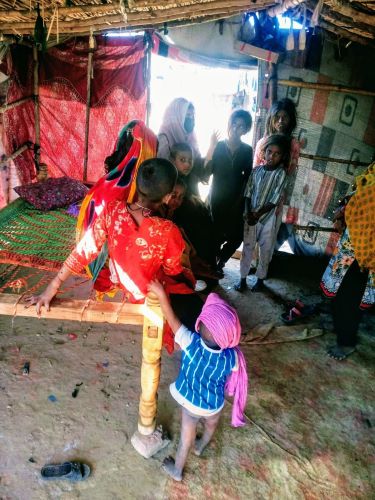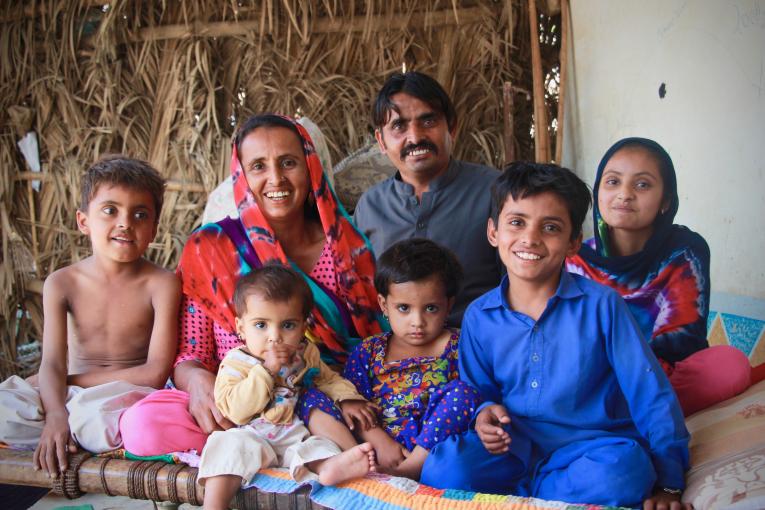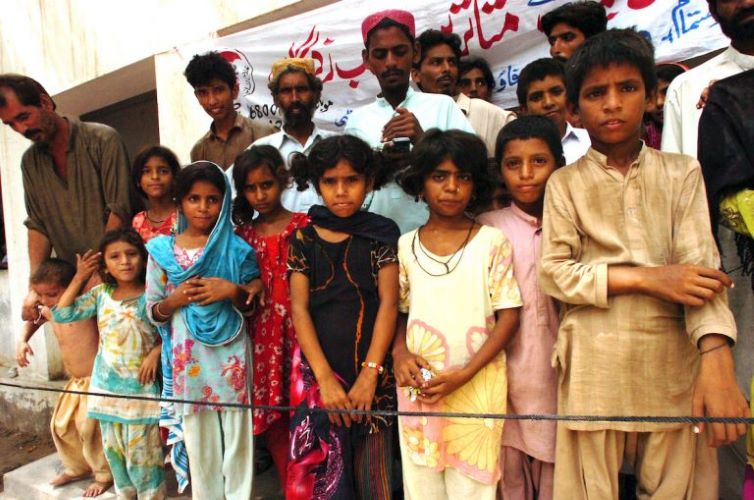
Fertility rate in rural areas is higher than cities where the life is so complex. Religious faith, family traditions, fear of in-laws and certain other factors also play critical role in high birth rate
Ammarah Shaikh
Sindh, the second largest province of Pakistan, which plays important role in country’s economy, is experiencing rapid population growth. The population of Sindh may exceed 60 million as the results of first ever digital census carried out this year (Although disputed) are yet to come, but according to 2017 census the total population of Sindh was 48.9 million.
Various government and non- government organizations are working in Sindh to reduce population growth and increasing access to family planning services, but the uniqueness of Sindh population is particularly reflected in its highest urban composition.
Rapid population growth and urbanization in Sindh will increase pressure on, health, education, economic, and agriculture sectors making it difficult to meet the population’s demand for basic needs. The demographic and health surveys show that fertility level has declined in urban areas but remain high in rural areas of Sindh. At the district level, most of the rural districts in Sindh show high level of population who are low on human development index.
The population welfare agencies have made heavy investment in establishing reproductive health services centers all across the province. However the increasing population of the province, growing squatter settlement, depletion of water resources, energy shortage, deforestation and increasing migration both internal and external are the main hurdles. Social and cultural pressures encourage large families and becoming barriers for family planning. Son preference remains strong and influence the reproductive behavior especially in rural areas where the health status of women continues at risk. Early marriages of girls remain a persistent practice even though average age of marriage of girls is 20 under the law in Sindh.
According to World Health Organization (WHO) access to high quality, affordable sexual and reproductive health services and information, including a full range of contraceptive methods, is fundamental to realizing the rights and well-being of woman and girls, men and boys.

As an anthropologist when I collected data from some healthcare providers, many health specialists felt that religious faith plays a major role in resistance to the use of contraceptives in Pakistan. Moreover most of healthcare providers told me that children are considered as source of income generation and a commodity.
During my research I observed that fertility is more in rural individuals whose life is not complex whereas fertility is low in industrial society where life is more complex, the pressure of education is more and the brains are overtaxing .Children are an asset to the society and parents. Child is considered as earning member even at the age of 5 when he becomes a helping hand to his parents in domestic affairs. More children in a family are also regarded as an insurance against old age by the parents.
Furthermore, the lack of support from in-laws is not only important for women but also for men. For using contraceptive methods strongly depends on both husband and mother-in-laws. Women have no decision-making power to decide on their own reproduction. Women are not allowed to consult or get information about contraceptive methods without their husbands’ approval.
Majority of women, are affected by different types of side effects. Like excessive bleeding or disturbance of menstrual cycle, hair growing on face, mental health disturbance, high blood pressure and hypertension

Additionally, I observed that many lower class women feel fear of their husbands or elders and that is why they are not using contraceptive methods and because it is not allowed in their family. Shyness between the couples also creates confusion when they do not want another child.
During the field trips, it was observed that majority of women, are affected by different types of side effects. Like excessive bleeding or disturbance of menstrual cycle, hair growing on face, mental health disturbance, high blood pressure and hypertension. When asked about this issue from healthcare providers, they told that there are many side effects faced by females after using contraceptive methods. “But various other factors are also behind it. Mostly, lower class females are weak and they do not take proper diet. For this reason, they are more affected than upper class females,” they said.
________________
 Ammarah Shaikh is Mirpurkhas-based anthropologist, having graduated from the Department of Anthropology and Archaeology, University of Sindh, Jamshoro.
Ammarah Shaikh is Mirpurkhas-based anthropologist, having graduated from the Department of Anthropology and Archaeology, University of Sindh, Jamshoro.